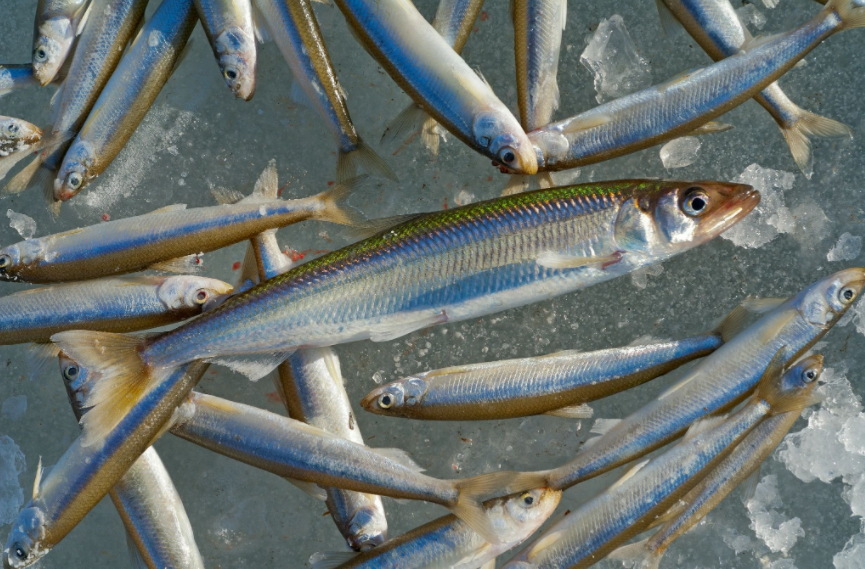THUNDER BAY — The discovery of harmful chemicals in Lake Superior smelt has resulted in a new consumption advisory from two U.S. states.
Minnesota and Wisconsin are both telling people to eat no more than one meal of smelt per month.
Ontario's recommended limit for the northwestern part of Lake Superior ranges from four to 16 meals per month, depending on location, but a spokesperson for the environment ministry says officials will take the new U.S. information into consideration.
What's driving the American advisory are high levels of what have been dubbed "forever chemicals" because they never break down completely.
These are PFAS (per- and polyfluoroalkyl substances), particularly the compound PFOS (perfluorooctane sulfonate), that were found in rainbow smelt sampled near the Apostle Islands and Port Wing, on Lake Superior's south shore.
In a news release, the Wisconsin Department of Natural Resources said PFAS comprise over 5,000 human-made chemicals that have been used to make non-stick cookware, fast-food wrappers, and stain-resistant sprays, among numerous other products.
It said these legacy contaminants have made their way into the environment in various ways, including spills of PFAS-containing materials, discharges of PFAS-containing wastewater to treatment plants, and certain kinds of firefighting foam.
Health risks associated with PFOS include lower birth weight, possible increased risk of kidney and testicular cancer, harm to the immune and reproductive systems, increased cholesterol levels, and altered thyroid hormones and hormone regulation.
In Ontario, the Ministry of the Environment, Conservation and Parks does not currently test rainbow smelt for PFAS.
However, it does test for the chemicals in other fish species, including in areas downstream of urban and industrial discharges, and especially downstream of training centres for firefighting.
On Lake Superior, fish are tested for PFAS in three locations – Thunder Bay harbour (Chinook salmon, lake trout, walleye, lake whitefish, white sucker, longnose sucker and burbot), Black Bay (Chinook salmon), and Agawa Bay (white sucker).
A ministry spokesperson told TBNewswatch concentrations of the chemicals have been found to be so low in these species that they don't in themselves warrant any restrictions on fish consumption.
He said the ministry expects that PFAS levels will be similarly low in rainbow smelt, and that "As such, current fish consumption advisories for rainbow smelt are considered protective for PFAS as well."
Ontario's consumption recommendations for smelt are based on levels of either mercury, PCBs or toxaphene.
The province's most recent guide to eating fish suggests it is safe to eat up to 16 meals of smelt per month if caught in the Thunder Bay inner harbour area, and eight meals monthly if caught in Black Bay or Nipigon Bay. The recommended limit in the latter two areas is four per month for women of child-bearing age and children under 15.
Nevertheless, the spokesperson said the ministry "will consider this information from Wisconsin as we implement our fish contaminant monitoring program in Lake Superior."
He added that a variety of regulatory actions in Canada as well as phase-outs of many PFAS by manufacturers are now resulting in lower concentrations of the chemicals in Lake Superior waters.
The annual smelt run typically begins in streams flowing into the lake in mid-to-late April, but the smelt population has fallen sharply from the 1960s and 1970s.
